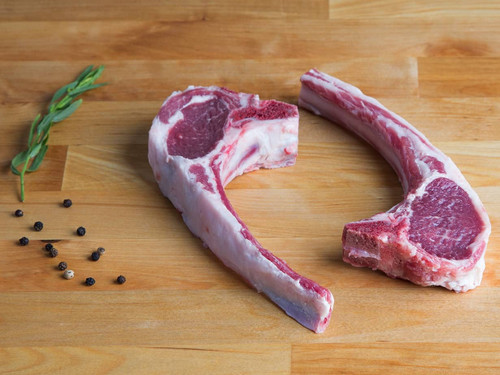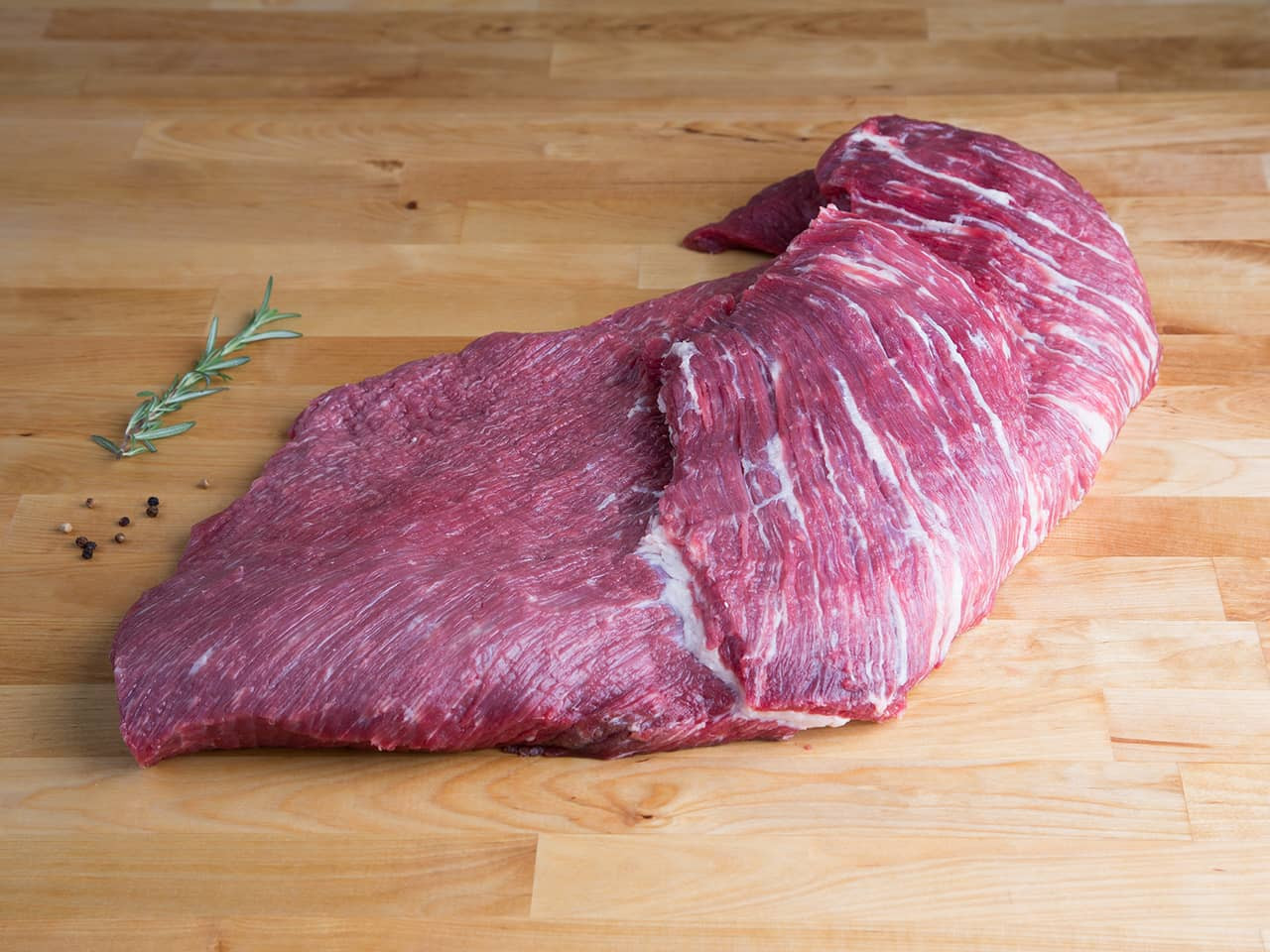Making Kosher Meat
Sep 18th 2017
What makes meat kosher?
Kosher slaughter is both extremely simple and extremely complicated, but here we present you with an overview of the process and the basics of the laws. The most important piece to understand about kosher meat is that this is an ancient practice that is carried out using todays technology to ensure reliability, safety, and kashrut. Our supervising agencies provide constant supervision of our products, along with spot inspections that could come at anytime. The bottom line: you can feel so good about Grow and Behold's, kashrut and food safety that you don't even have to think about it.
Kosher Animals
The first step in kosher meat is the actual species of meat. Chicken, turkey, duck and geese are all kosher species; there are varying varying traditions regarding the kashrut of other fowls, such as quail, pheasant, squab and pigeons. Birds of prey are generally not kosher.
For larger animals, kosher laws permit the consumption of species that both chew their cud and have split hooves. This includes, cows, sheep, goats, bison, deer, elk and even giraffe, though beef and lamb are generally the most common meat in the kosher marketplace.
Kosher Slaughter (Shechitah)
Having a kosher species of animal is only the first step to making kosher meat. The animal must be slaughtered in a very specific manner, according to the laws of shechitah (kosher slaughter) which Jews have followed for generations. The shochet(slaughterer) is highly trained in both the act of the slaughter and all the specific laws that must be followed. Additionally, the shochet must be of high moral character and have a high level of yira'at shamayim (awe of heaven). These requirements ensure that the act of slaughter occurs with the utmost level of respect for the animal and for the laws of kashrut. The training process for shochtim is long and arduous, (ask Naf, he went through it himself), and ensures that only individuals with the skills and temperament can perform this holy task.
The shochet uses a perfectly sharp knife that is at least twice the length of the animals neck (~6 inches for poultry, ~18 inches for beef) and checked against the shochet's fingernail for nicks. Any nick at all would tear the flesh of the animal, causing great pain and rendering the slaughter invalid. After making a blessing, the shochet uses a very fast, continuous cutting motion to quickly sever the trachea, esophagus and major blood vessels in the neck. This causes the animal a minimum amount of pain and ensures a quick drop of blood pressure to the brain and nearly immediate loss of sensibility. Please see animal welfare expert Temple Grandin's articles on ritual slaughter for more information.
Grow and Behold Foods only works with slaughterhouses that are designed for humane and safe handling of our animals during the shechitah process. Grow and Behold works closely with slaughterhouses that use upright restraint systems that are designed according to Dr. Grandin's principals on animal restraint. The equipment is designed to permit upright slaughter of beef and veal in a manner that is safe, respectful, and humane.
Kosher inspection:
The lungs and innards of kosher slaughtered animals must be inspected by a trained bodek (inspector) for imperfections that might render the animal traif (non-kosher, literally torn and unfit for kosher consumption. During the processing, the lungs are inspected by the bodek for adhesions, both between the lobes of the lungs, and between the lobes and the ribcage. After the internal inspection, the lungs are removed and inspected again by the bodek. Small and superficial adhesions are investigated and removed to make sure they are not masking any perforation of the lungs. The lungs are inflated with air and submerged in water to check for any bubbles that would indicate a perforation. Animals with lungs that are free of perforations and major adhesions can be ruled glatt kosher, literally, smooth. Once an animal is ruled kosher it is tagged with special seals to prevent any confusion with non-kosher animals.
Grow and Behold Foods only produces Glatt Kosher meats from animals that are extremely healthy. Animals with lungs that do not meet the high kosher standards of our certifiers are sold on the non-kosher market.
"Butt" wait, there's more
As if it wasn't complicated enough, inspection of the organs is just one step in the process of making meat kosher. In North America, only the front half of the red meat animals are used for kosher consumption, due to the presence of forbidden fats and nerves in the rear of the animal that are very difficult to remove. After separation of the hind from the fore, there are a number of major blood vessels that must be removed from the meat in a process known as nikkur or traiboring (deveining) that is performed under close rabbinical supervision by highly skilled butchers. While Naf does not perform the nikkur himself, he learned the skill under one of the most respected m'nakers in the business and has worked in the industry as a m'naker.
Soaking, Salting, and Labeling
Jewish law prohibits the consumption of the lifeblood of the animal. All kosher meat and poultry must undergo a special process to remove it. The meat or poultry is soaked in clean water for thirty minutes, then removed to drip dry. After a few minutes of dripping, the meat is salted and left to hang for sixty minutes to further draw out any remaining blood. After sixty minutes of salting, the meat is washed three times in cold, clean water to remove any remaining salt. The result: clean, fresh, and kosher meat. After the final washing, the meat is dried, further butchered into retail cuts, and packaged and sealed for safety and kashrut.





